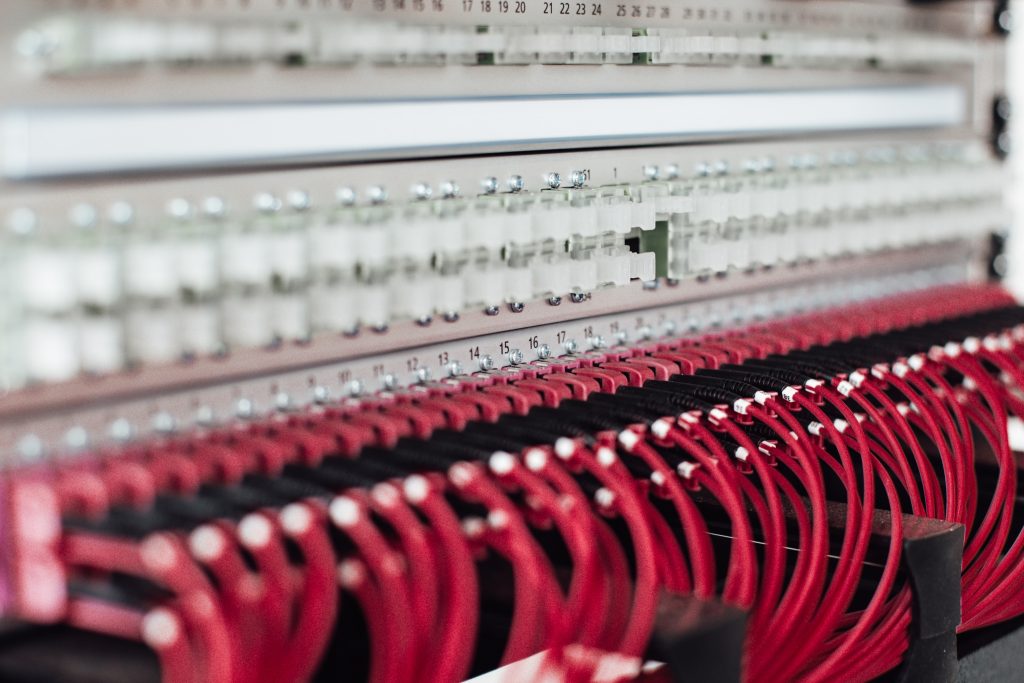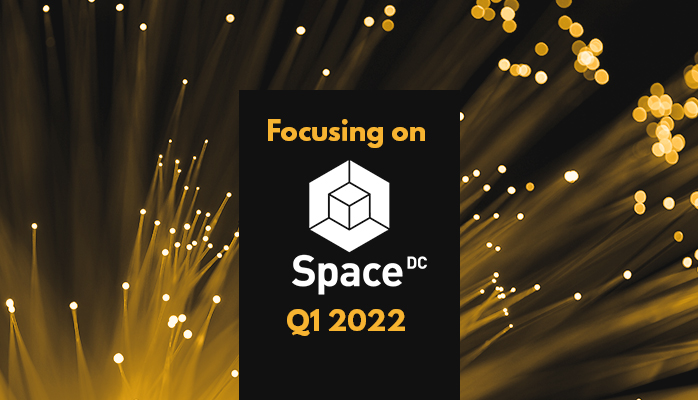Focusing on SpaceDC Q1 2022
On March 9th 2022, we were joined by Jeffrey Tay, Executive Vice President Strategic Partnerships at SpaceDC, who shared a news update on their activity across the APAC region.
Tell us about SpaceDC’s recent announcement, the new 72 megawatt data centre in Manila which will be the Philippines’ largest hyperscale data centre campus.
“The Philippines is prone to volcanic eruptions, and this piece of property that we managed to secure is just off the earthquake zone. We’re building the first green data centre in the Philippines, just like we did in Indonesia, only this time around, we’re using geo-thermal energy by working with a local renewable energy company, and it’ll have a power usage effectiveness (PUE) of 1.3 . Three buildings, each four storeys high.”
What motivated you to go into the region in such a big way?
“Yes, over the past four to five years, we’ve been within the top three providers in the market. We had a vision that made us want to develop in the region desperately. Southeast Asia is a growing population, and this, coupled with the trends in mobility data and observing where the cloud companies are going, we believe the Philippines is going to be the next big one given the country itself is really fibre rich. We’re close to a lot of telecom exchanges, so we’re very happy we managed to secure the location.”
How have you had to adapt the facility to achieve your organization’s sustainability and ESG targets?
“As an organization, we strongly believe we need to do our part for the planet. And, as you know, data centres consume a fair bit of power. So, we want to be as environmentally friendly as possible. It’s not just about using renewable energy, we’re also factoring the environmental aspect into the design of the data centre and the partners we collaborate with. There’s also a moratorium in Singapore, whereby the ESG must be factored into the design, and buildings need to be platinum certified in the Green Bay area, for example. So, we are doing all we can, from the design to the operations, to ensure we maintain the data centre in a green way.”

Will you be exploring any other regions?
“Yes, we will be announcing various partnerships in China. It’s not an easy market, but we do see a lot of opportunity, especially because there is a lot of activity from financial institutions. Goldman Sachs reported there’s a lot of potential for growth revenue space, and we think there’s a lot of potential in China in terms of DC deals.”
You would need to adapt the design of your data centres to the Chinese market. Are you confident you’ll be able to do that?
“Yes, they have their institutional guidelines, but there are a lot of similarities. So, yes, from a design perspective, we will need to be approved. But more importantly, there’s a significant learning curve when it comes to their commercial model. The market has predominantly been dominated by teleco companies, and this is a behavioural pattern that end users are used to. So, that’s a big reason for our partnership, they’re going to help us mediate and be a liaison.”
Do you have any predictions for the datacentre sector for 2022?
“I think Singapore is a key market to watch. Next is the Philippines, of course, and Thailand I think will be a fast-growing market. And I think growth will depend on various parameters like ESG energy, constraints of land, that will define the players that lead the game.”
Listen to the full episode of Inside The Data Centre here.




Your point of view caught my eye and was very interesting. Thanks. I have a question for you.
Your article helped me a lot, is there any more related content? Thanks! https://www.binance.com/bg/register?ref=JHQQKNKN
Your article gave me a lot of inspiration, I hope you can explain your point of view in more detail, because I have some doubts, thank you.
Apoiar ferramentas de apostas e estar equipado com uma plataforma diversificada de transações financeiras, a 20Bet oferece suporte tangível aos jogadores. Este é um lugar onde eles podem apostar com dinheiro real, respaldados por concorrentes de diversas disciplinas esportivas. 20bet
Thank you very much for sharing, I learned a lot from your article. Very cool. Thanks. nimabi
Your point of view caught my eye and was very interesting. Thanks. I have a question for you. https://accounts.binance.com/de-CH/register?ref=RQUR4BEO
Thanks for sharing. I read many of your blog posts, cool, your blog is very good. https://www.binance.info/en/join?ref=PORL8W0Z
Your point of view caught my eye and was very interesting. Thanks. I have a question for you. https://www.binance.info/kz/register-person?ref=RQUR4BEO
Thank you for your sharing. I am worried that I lack creative ideas. It is your article that makes me full of hope. Thank you. But, I have a question, can you help me?
Can you be more specific about the content of your article? After reading it, I still have some doubts. Hope you can help me. binance
Thank you for your sharing. I am worried that I lack creative ideas. It is your article that makes me full of hope. Thank you. But, I have a question, can you help me?
664013 756518You require to join in a contest very first of the finest blogs on the internet. I most definitely will suggest this website! 621987
530126 502875Thanks for this amazing post! It has long been really valuable. I wish that youll carry on posting your wisdom with us. 802865
643287 142981Most heavy duty trailer hitches are designed making use of cutting edge computer aided models and fatigue stress testing to ensure optimal strength. Share new discoveries along with your child and keep your child safe by purchasing the correct design for your lifestyle by following the Perfect Stroller Buyers Guideline. 39940
619335 740440Greetings! This is my 1st comment here so I just wanted to give a quick shout out and let you know I genuinely enjoy reading via your weblog posts. Can you recommend any other blogs/websites/forums that deal with exactly the same topics? Thank you so considerably! 994535
604300 280341Have you noticed the news has changed its approach lately? What used to neve be brought up or discussed has changed. It is that time to chagnge our stance on this though. 328822
766499 415282Hello to all I cannot comprehend the approach to add your internet site in my rss reader. Assist me, please 210777
Your article helped me a lot, is there any more related content? Thanks!
992024 832091We keep your page. Watch it offline again soon. Quite interesting write-up. 780143